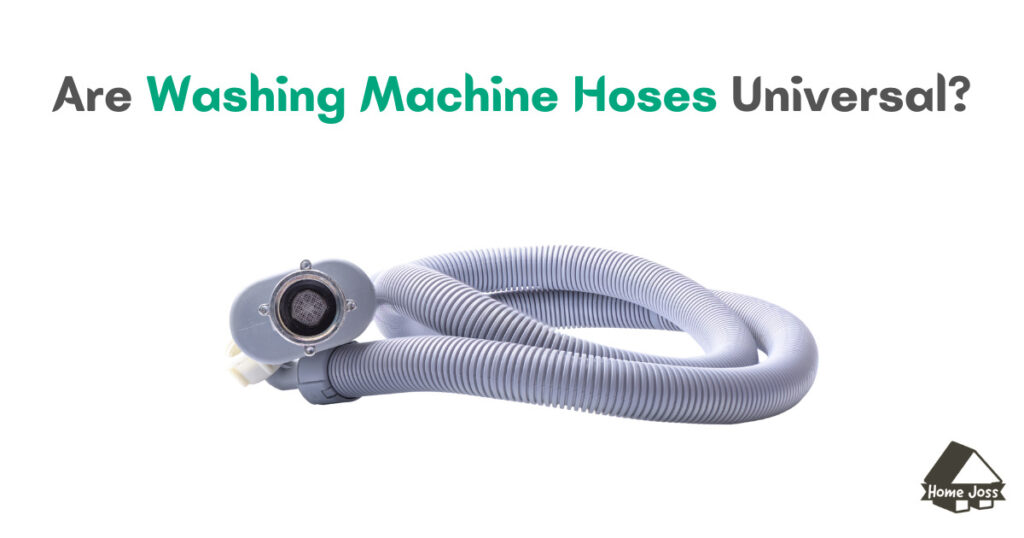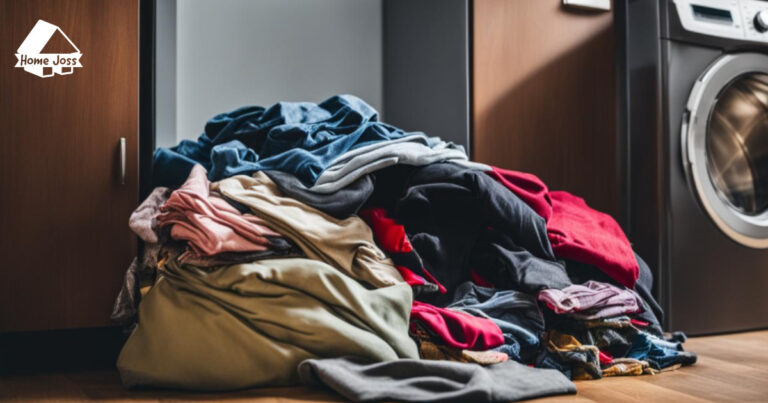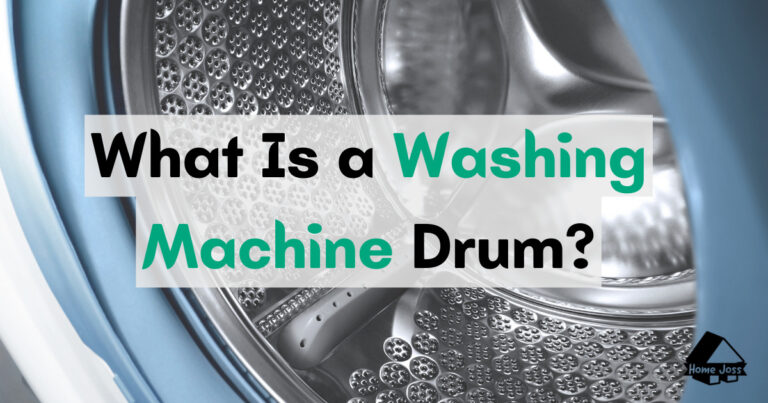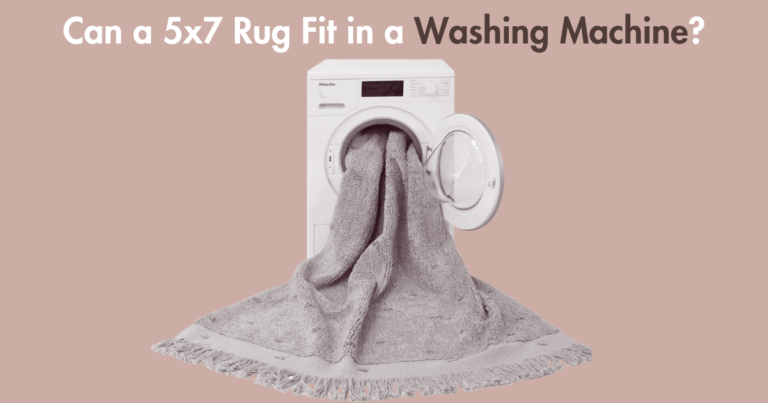Washing machines have become an essential part of our daily lives, making laundry day a breeze. However, when it comes to the hoses that connect these machines to our water supply, the question arises: are washing machine hoses universal?
In this detailed guide, we will explore this topic in detail and provide you with all the information you need to know about washing machine hoses.
Are Washing Machine Hoses Universal?

No, washing machine hoses are not universal. While there are standard specifications, variations in size, shape, design, and type mean that you need to select hoses that are compatible with your specific washing machine and plumbing setup.
Do you know Is it Illegal to Drain Washing Machine Outside?
What Makes Washing Machine Hoses Non-Universal
There are several factors that contribute to the non-universality of washing machine hoses. These include differences in size, shape, design, and type.
Size and Diameter
One of the main reasons why washing machine hoses are not universal is the difference in size. Hoses come in varying lengths, typically ranging from 3 to 6 feet or longer.
Additionally, the diameter of the hoses can differ, with a standard diameter of 3/4 inches. It is important to choose a hose that matches the specifications of your washing machine and plumbing system to ensure a proper fit.
Shapes and Designs
Washing machine hoses also differ in shape and design. Some hoses have threaded connections, while others are threadless. The orientation of the hose can also vary, with some having a straight end and others having a bent end.
These differences in shape and design make it important to choose a hose that is compatible with your specific machine and plumbing setup.
Types of Hoses
Washing machine hoses can be categorized into two types: retractable and standard. Retractable hoses are stretchable and can cover a longer distance, while standard hoses come pre-mounted on the machine and have a fixed length. The type of hose you choose will depend on factors such as the distance between your washing machine and the water source.
Standard Specifications
While washing machine hoses are not universal, they generally follow standard specifications to ensure compatibility with most machines and plumbing setups. These specifications include size and diameter, color coding, and material options.
Size and Diameter
The standard diameter for washing machine hoses is 3/4 inches, which is compatible with most washing machine inlet valves and household water supply connections. It is important to ensure that the diameter of the hose matches the specifications of your machine and plumbing system to avoid any leaks or compatibility issues.
Color Coding
Color coding is used to differentiate between hot water and cold water hoses. Red or pink hoses are typically used for hot water connections, while blue hoses are used for cold water connections.
This color coding system helps prevent incorrect connections and ensures the safe and efficient operation of your washing machine.
Material Options
Washing machine hoses are commonly made of either rubber or braided stainless steel. Rubber hoses are more affordable and flexible, making them easier to install. However, they are less durable and can be susceptible to cracking and kinking.
Braided stainless steel hoses, on the other hand, are more durable and resistant to wear and tear. They are also heat-resistant, making them ideal for hot water connections. However, they are generally more expensive than rubber hoses.
Factors to Consider When Choosing Hoses
When choosing washing machine hoses, there are several factors to consider to ensure compatibility and optimal performance.
Length
The length of the hose is an important consideration, as it determines how far your washing machine can be positioned from the water supply and drainage connections.
It is important to choose a hose that is long enough to reach these connections without being stretched or strained. Too short of a hose can cause undue stress on the connections, leading to leaks or disconnections.
Materials
The material of the hose is another important factor to consider. Rubber hoses are more affordable and flexible, but they are less durable and can be prone to cracking and kinking. Braided stainless steel hoses, on the other hand, are more durable and resistant to wear and tear.
They are also heat-resistant, making them suitable for hot water connections. The choice between rubber and braided stainless steel hoses will depend on your specific needs and budget.
Connector Types
Washing machine hoses can have different types of connectors, including traditional screw-on connectors, quick-connect fittings, or compression fittings. It is important to choose a hose with connectors that are compatible with your washing machine and plumbing system to ensure a proper and secure fit.
Replacing Washing Machine Hoses
Replacing washing machine hoses is a relatively simple task that can help prevent leaks and other plumbing issues. It is recommended to replace hoses every 3-5 years, even if they appear to be in good condition.
When to Replace
Several signs indicate it is time to replace your washing machine hoses. These include visible cracks, bulges, fraying, or leaks in the hose. Additionally, hoses should be replaced if they are more than 5 years old, as they can become weakened and prone to failure over time.
How to Replace
To replace washing machine hoses, follow these simple steps:
- Turn off the water supply to the washing machine.
- Disconnect the old hoses from the washing machine and water supply valves.
- Clean the water inlet and outlet connections on the washing machine and valves to remove any debris or sediment.
- Attach the new hoses, ensuring proper connections (hot to hot, cold to cold), and tighten them securely.
- Turn on the water supply and check for any leaks at the connections.
FAQ about Are Washing Machine Hoses Universal
Can I use my old hose with a new washing machine?
While it is possible to use your old hose with a new washing machine, it is not recommended. Old hoses may be more prone to cracks and leaks, and they may not provide optimal performance. It is best to replace the hoses when installing a new washing machine.
Are all washing machine hoses the same size?
No, washing machine hoses can vary in size. The standard diameter is 3/4 inches, but hose lengths can vary. It is important to choose a hose that matches the specifications of your washing machine and plumbing setup.
What are the standard specifications for washing machine hoses?
Standard specifications for washing machine hoses include a diameter of 3/4 inches and color coding for hot and cold water connections. The choice of material, such as rubber or braided stainless steel, can vary.
Why are washing machine hoses so long?
Washing machine hoses are designed to be long to allow for flexibility in positioning the machine and to accommodate movement during use. Longer hoses also prevent strain on the connections and allow for easier installation.
Are washing machine hoses interchangeable?
Washing machine fill hoses are generally interchangeable due to their standard diameter. However, it is not recommended to interchange drain hoses as they can vary in size, shape, and design.
Can washing machine hoses be repaired?
It is generally not recommended to repair washing machine hoses. If a hose is damaged or leaking, it is best to replace it to ensure the safety and efficiency of your washing machine.
How often should washing machine hoses be replaced?
It is recommended to replace washing machine hoses every 3-5 years, even if they appear to be in good condition. This helps prevent leaks and ensures the reliability of your washing machine’s water supply connections.
Do I need Teflon tape for washing machine hoses?
Teflon tape is not always necessary for washing machine hoses. However, it can provide an extra layer of protection against leaks. If you choose to use Teflon tape, make sure to apply it correctly to the threaded connections.
What are the pros and cons of rubber hoses?
Rubber hoses are more affordable and flexible, making them easy to install. However, they are less durable and can be prone to cracking and kinking. They are also less heat-resistant than braided stainless steel hoses.
What are the pros and cons of braided stainless steel hoses?
Braided stainless steel hoses are more durable and resistant to wear and tear. They are also heat-resistant, making them suitable for hot water connections. However, they are generally more expensive than rubber hoses and can be less flexible.
Washing machine hoses are not universal. While there are standard specifications that most hoses adhere to, differences in size, shape, design, and type make it important to choose the right hose for your specific machine and plumbing setup.
Factors such as length, materials, and connector types should be considered when selecting hoses. Regular maintenance and replacement of hoses are essential to ensure the safety and efficiency of your washing machine’s water supply connections.
By understanding the non-universality of washing machine hoses and making informed choices, you can ensure hassle-free laundry operations.






